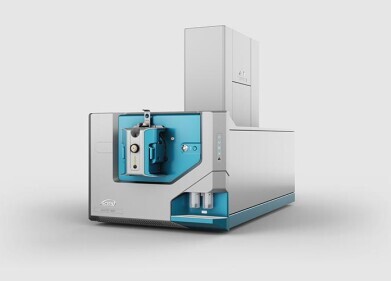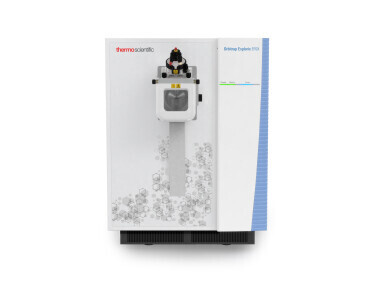Mass spectrometry & spectroscopy
Which Suncream is Best to Use?
Jun 18 2018
It's no secret that UV rays can cause irreparable damage to skin cells, with Cancer Research UK predicting that incidence rates for melanoma skin cancers will rise by 7% between 2014 and 2035. This means that roughly 1 in 54 people will be diagnosed with a malignant melanoma in their lifetime.
Cancer increase blamed on "SPF ignorance"
So what's behind the spike in skin cancer diagnosis? According to scientists, many Brits end up damaging their skin due to sheer ignorance when it comes to sun protection factor (SPF) ratings. They claim that while all sunscreens advertise a certain SPF, the number doesn't offer a clear indication of all-round sun protection.
In a bid to help Brits arm themselves against UV rays, the Royal Pharmaceutical Society (RPS) has published a comprehensive online guide explaining how to select and use the right sun care protection. The material was penned by Britain's senior pharmacists and comes in the wake of calls for manufacturers to introduce simpler labelling.
RPS calls for clarity on "dual protection" system
Specifically, the RPS has criticised suncream manufacturers for failing to properly explain the "dual protection" system and as a result, putting consumers at risk of skin damage and cancer. Basically, suncreams are designed to protect against UVA and UVB rays, both of which can damage the skin. SPF refers to the level of UVB protection, which damages the skin's superficial epidermal layers and is the main cause of sunburn. However, what many people don't realise is that UVA can also be extremely harmful as it penetrates deep into the dermis. Typically, UVA protection factor is indicated by a separate star rating.
“It’s clear that members of the public do not understand the confusing labelling system we have," explains Colin Cable, assistant chief scientist at the RPS explains. "The first, most important thing is to choose the cream that offers the best protection for you, including both an SPF and star rating. The second is to apply enough, and the third is to ensure that you reapply it regularly if out and about in the sun, ideally every two hours, even if products specify only one daily application.”
Consumer confusion
Customer research reflects the confusion, with a recent survey from Superdrug revealing 26% of users were unaware that the term "SPF" referred to a product's ability to protect the skin against UVB damage.
Want to stay up-to-the-minute with the latest pharmaceuticals news? Spurred by the recent regulations on heavy metal testing, 'Choosing the Optimum Plasma Spectrochemistry Technique for Measuring Elemental Impurities in Pharmaceuticals' offers insight adapted from one of the chapters in Robert Thomas’s new book, Measuring Elemental Impurities in Pharmaceuticals: A Practical Guide.
Digital Edition
Lab Asia Dec 2025
December 2025
Chromatography Articles- Cutting-edge sample preparation tools help laboratories to stay ahead of the curveMass Spectrometry & Spectroscopy Articles- Unlocking the complexity of metabolomics: Pushi...
View all digital editions
Events
Jan 21 2026 Tokyo, Japan
Jan 28 2026 Tokyo, Japan
Jan 29 2026 New Delhi, India
Feb 07 2026 Boston, MA, USA
Asia Pharma Expo/Asia Lab Expo
Feb 12 2026 Dhaka, Bangladesh



















